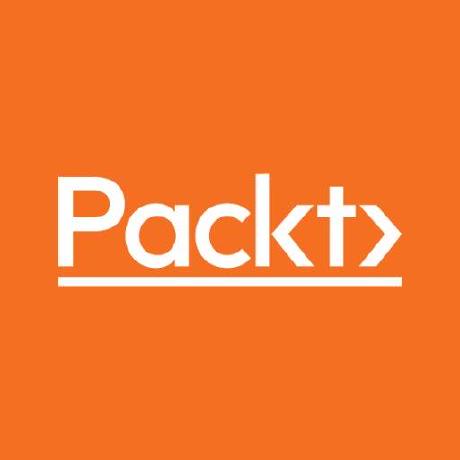Discover and explore top open-source AI tools and projects—updated daily.
AI-in-a-Box by  Azure
Azure
Collection of AI/ML solution accelerators for rapid environment setup
Top 55.2% on SourcePulse
AI-in-a-Box provides a curated collection of solution accelerators for engineers to rapidly establish AI/ML environments and deploy solutions on Azure. It aims to reduce friction, improve quality, and accelerate time-to-market for AI initiatives, leveraging Microsoft's global expertise.
How It Works
The project offers a suite of "in-a-box" accelerators, each a pre-configured pattern for specific AI/ML use cases. These range from end-to-end MLOps with Azure ML, Edge AI deployments, document intelligence automation, image/video analysis, to building conversational AI bots with Azure OpenAI and Semantic Kernel. Each accelerator includes infrastructure setup guidance and model creation/deployment lifecycle patterns.
Quick Start & Requirements
- Installation and usage vary per accelerator; consult individual accelerator documentation.
- Requires an Azure subscription and potentially specific Azure services (e.g., Azure ML, IoT Hub, Azure OpenAI, Azure Cosmos DB).
- Some accelerators may require specific SDKs or CLIs (e.g., Azure ML CLI V2).
Highlighted Details
- Comprehensive guidance on Responsible AI and security for Generative AI applications.
- Accelerators cover diverse use cases: MLOps, Edge AI, Document Intelligence, Image/Video Analysis, Cognitive Services, Semantic Kernel Bots, and NLP to SQL.
- Includes notebooks and deployment guides for Azure OpenAI Assistants API with Code Interpreter, Retrieval, and Function calling capabilities.
- Focuses on leveraging Azure services like Azure ML, IoT Edge, Azure OpenAI, and Azure Speech Services.
Maintenance & Community
- Managed by Microsoft Customer Engineers and Architects.
- Contact email: aibox@microsoft.com.
- Key contributors are listed with GitHub IDs and Microsoft email addresses.
Licensing & Compatibility
- The README does not explicitly state a license. Compatibility for commercial use or closed-source linking is not specified.
Limitations & Caveats
- The project is a collection of accelerators, implying that each component might have its own dependencies and setup complexities. Specific limitations are not detailed in the README.
10 months ago
1 week

 trustgraph-ai
trustgraph-ai instill-ai
instill-ai data-infra
data-infra djeknet
djeknet nextify-limited
nextify-limited PacktPublishing
PacktPublishing Azure-Samples
Azure-Samples microsoft
microsoft zenml-io
zenml-io tencentmusic
tencentmusic skypilot-org
skypilot-org